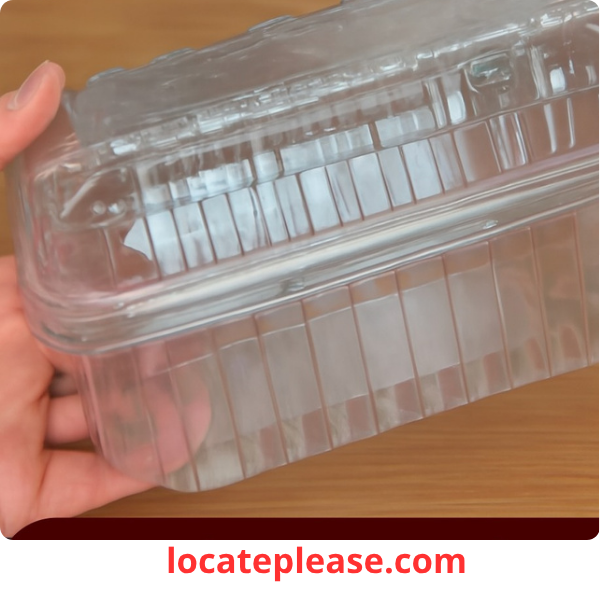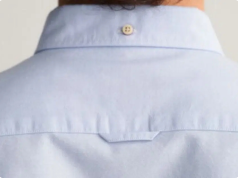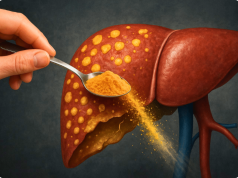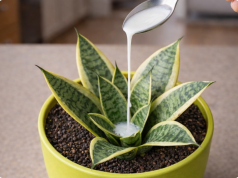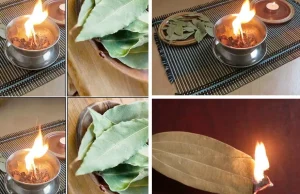Plastic is everywhere — especially in the produce aisle. Those clear plastic trays and clamshell containers that hold your strawberries, cherry tomatoes, mushrooms, and greens are convenient, but they often end up in the trash after one use.
But what if you didn’t have to throw them away?
Instead of tossing them or letting them pile up in your cupboard “just in case,” why not breathe new life into them ? These lightweight, durable containers are perfect for creative recycling — turning waste into useful, sustainable tools for your home, garden, and lifestyle.
Here are 5 smart, fun, and eco-friendly ways to reuse fruit and vegetable containers and reduce your plastic footprint.
1. Use Trays to Organize Drawers
Tired of rummaging through messy drawers? These plastic trays are the perfect size for organizing small items — and they’re sturdier than cardboard dividers.
Try this:
- Cut larger trays to fit your drawer size.
- Use them in the kitchen to organize spices, tea bags, or cooking tools.
- In the office , sort pens, paper clips, erasers, or USB drives.
- In the bathroom or bedroom , store hairpins, jewelry, or makeup brushes.
They’re washable, stackable, and customizable — a zero-waste organizer’s dream.
2. Turn Trays into Multi-Purpose Organizers
Why stop at drawers? Plastic produce containers make great countertop and shelf organizers .
Ideas:
- In the pantry , use them to sort snacks, nuts, or tea bags.
- In the kitchen , corral sponges, dish soap, and scrubbers in your sink area.
- On your desk , keep stationery supplies neatly grouped.
- In the bathroom , organize cotton balls, Q-tips, or travel-sized toiletries.
Want to make them prettier?
Paint the outside, wrap them in fabric or jute, or cover them with decorative paper. A little creativity transforms a plain plastic tray into a stylish storage solution.
3. Recycle Trays as Seed Starters (Mini Greenhouses!)
One of the best garden hacks? Turn plastic produce containers into seedling trays .
They’re shallow, clear (so you can see root growth), and often come with lids — perfect for creating a mini greenhouse effect .
How to do it:
- Wash the container and lid thoroughly.
- Poke small drainage holes in the bottom with a knife or drill.
- Place a tray or saucer underneath to catch excess water.
- Fill with potting soil and plant your seeds.
- Cover with the lid (or plastic wrap) to retain moisture.
- Once seedlings sprout, remove the cover and place in sunlight.
When it’s time to transplant, simply cut the container open or plant it directly (if biodegradable soil blocks are used).
🌱 Bonus: Label the container with the plant type and date — the clear plastic makes it easy to see.
4. Transform Tubs into Picnic & Lunch Containers
Got clamshell containers with tight-fitting lids? (Think cherry tomato or blueberry tubs.) These are ideal for packing food on the go .
Use them for:
- Cut fruit or veggies
- Trail mix and snacks
- Sliced cheese, cured meats, or sushi
- Leftovers from dinner
They’re leak-resistant , lightweight , and stackable — perfect for picnics, school lunches, or work meals.
Pro tip: Secure the lid with a rubber band or reusable silicone band to prevent spills during transport.
Just wash thoroughly between uses — and never use them for hot food (plastic can warp or leach chemicals).
5. Turn Them into DIY Air Fresheners
Want a natural, budget-friendly way to freshen up a room? Turn a fruit container into a homemade air freshener .
How to make it:
- Decorate the outside with paint, washi tape, or ribbon.
- Poke small holes in the sides and top.
- Fill with dried flowers, potpourri, or cotton balls .
- Add 5–10 drops of your favorite essential oil (lavender, citrus, eucalyptus).
- Close the lid (if it has one) or cover with breathable fabric.
Place it in your closet, bathroom, or car — the scent will slowly diffuse through the holes.
Replace the mixture every 2–4 weeks for a fresh boost.
Bonus: Other Clever Uses
- Craft storage for beads, buttons, or paint supplies
- Paint palettes for kids’ art projects
- Ice cube trays (for large containers) — freeze herbs in oil or broth
- Pet treat holders — portion snacks for training
- Emergency candle holders — place a tea light inside (with supervision)
Important Tips for Safe Reuse
✅ Wash thoroughly with warm, soapy water before repurposing.
✅ Avoid using scratched or cracked containers — bacteria can grow in grooves.
✅ Never heat plastic containers in the microwave unless labeled microwave-safe.
✅ Check the recycling symbol (usually #1 or #6) — if your local program accepts them, recycle if you can’t reuse.
✅ When in doubt, compostable is better — consider switching to loose produce or biodegradable packaging when possible.
Final Thoughts: Small Actions, Big Impact
Every year, millions of plastic produce containers end up in landfills or oceans. But with a little imagination, you can turn waste into worth — saving money, reducing clutter, and helping the planet.
The next time you finish a container of strawberries or salad mix, don’t toss it. Think:
Could this be a spice organizer? A seed starter? A lunchbox hero?
Because sometimes, the most sustainable thing isn’t buying new — it’s reusing what you already have .
🌱 Recycle smarter. Live greener. One container at a time.


